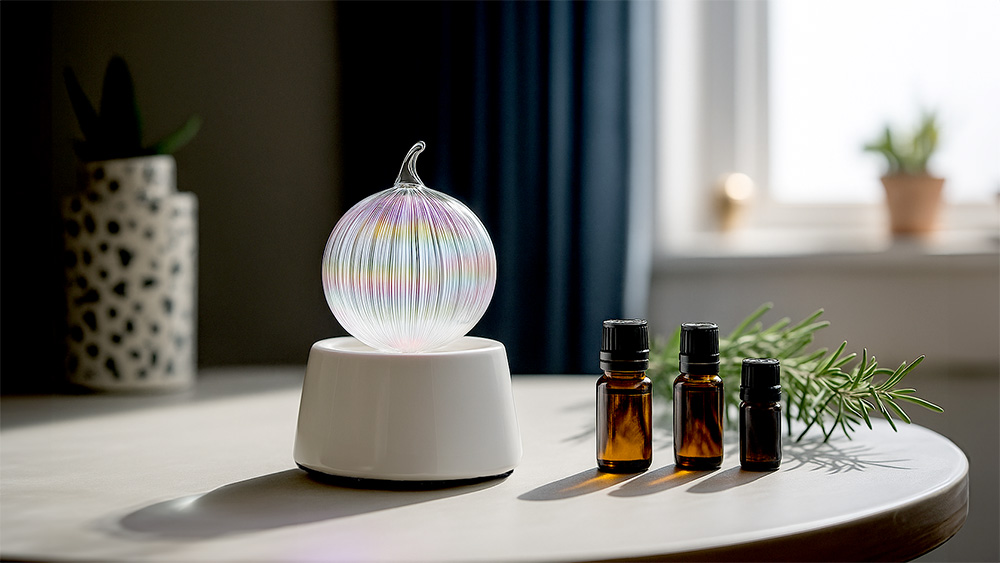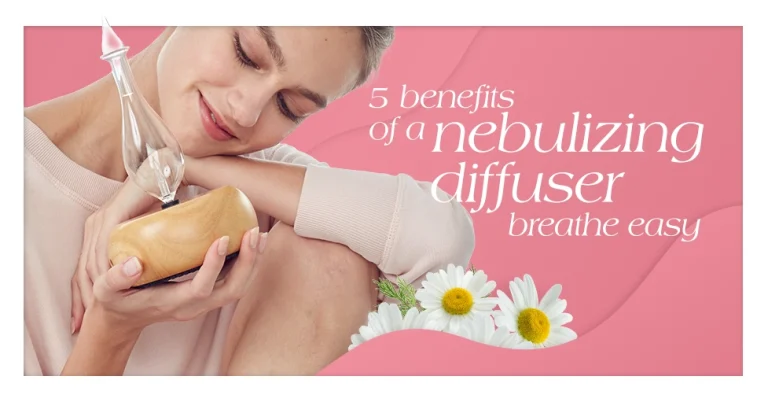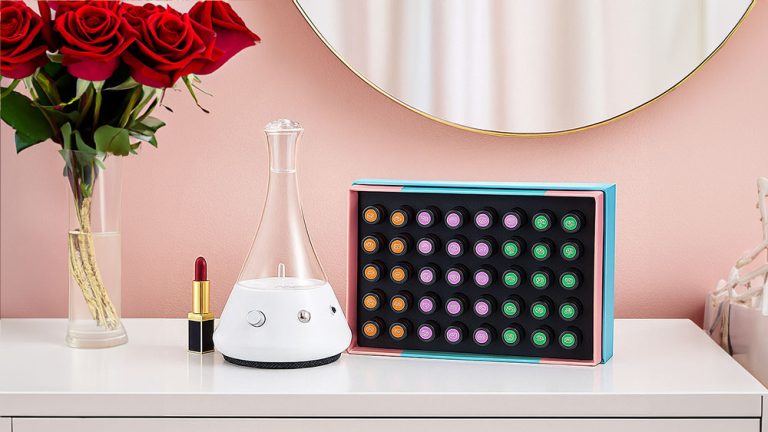5 How Does A Nebulizing Diffuser Work Blissfully
Have you ever walked into your room and barely noticed a scent? But then you step into a spa-like space and every breath feels like a mini getaway.
That’s where our Organic Aromas Raindrop® nebulizing diffuser (fine mist delivers undiluted essential oils) comes in. It skips water baths and heat, using gentle air pressure to slice pure oil into tiny droplets.
The result is a fast, powerful aroma that wraps you in calm or helps you focus within minutes. You’ll feel a soft ripple of lavender or a bright splash of citrus fill the air.
Here’s the thing. This simple, elegant machine might be the missing link in your wellness routine, ethically sourced, organic purity delivered straight to your senses. Ready to breathe deeper?
How a Nebulizing Diffuser Works: Technical Atomization Overview
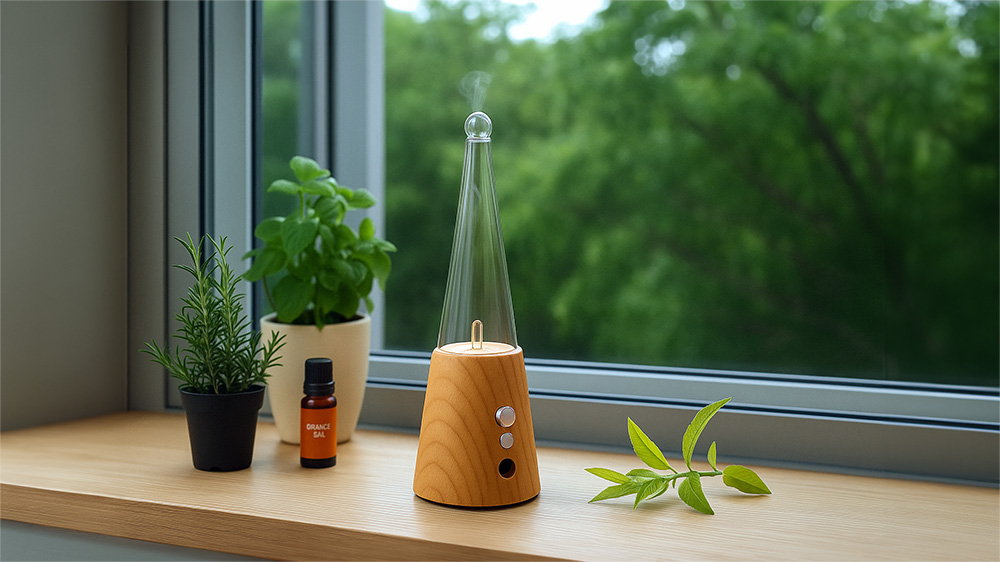
A nebulizing diffuser uses pressurized air streams to break pure essential oils into submicron particles. This waterless essential oil diffuser runs without heat or water, preserving each oil’s chemical integrity. So how does a nebulizing diffuser work? It pushes air from a small pump through narrow jet nozzles in an atomization chamber.
Nebulizing (how a fine mist delivers undiluted essential oils) relies on a precise aerosol generation method. Air accelerates inside tubes, creating a low-pressure zone that draws oil upward. The high-velocity stream then shears oil into microscopic droplets. This essential oil atomization creates a concentrated mist that fills a room quickly.
An internal air pump generates the high-speed airflow. It forces air into the atomization chamber at pressure. The nozzle design then shears the oil with precision. Think of tiny jets slicing a drop into thousands of fine particles instantly.
Droplet size control matters for therapeutic effects. Most particles measure between 1–5 microns, an ideal range for respiratory uptake and scent dispersion.
You add around 20–25 drops of oil per session. Brief runs of about 15 minutes let you balance aroma strength and oil use. Pausing between cycles helps your nose stay fresh.
The beauty of nebulizing diffuser operation is its simplicity and strength. No water means no dilution. No heat means no altered chemistry.
You get a pure, powerful aroma that supports mood, focus or sleep routines. It’s a fast, efficient tool for undiluted wellness and strong ambient coverage.
Core Components of the Nebulizing Diffuser Mechanism
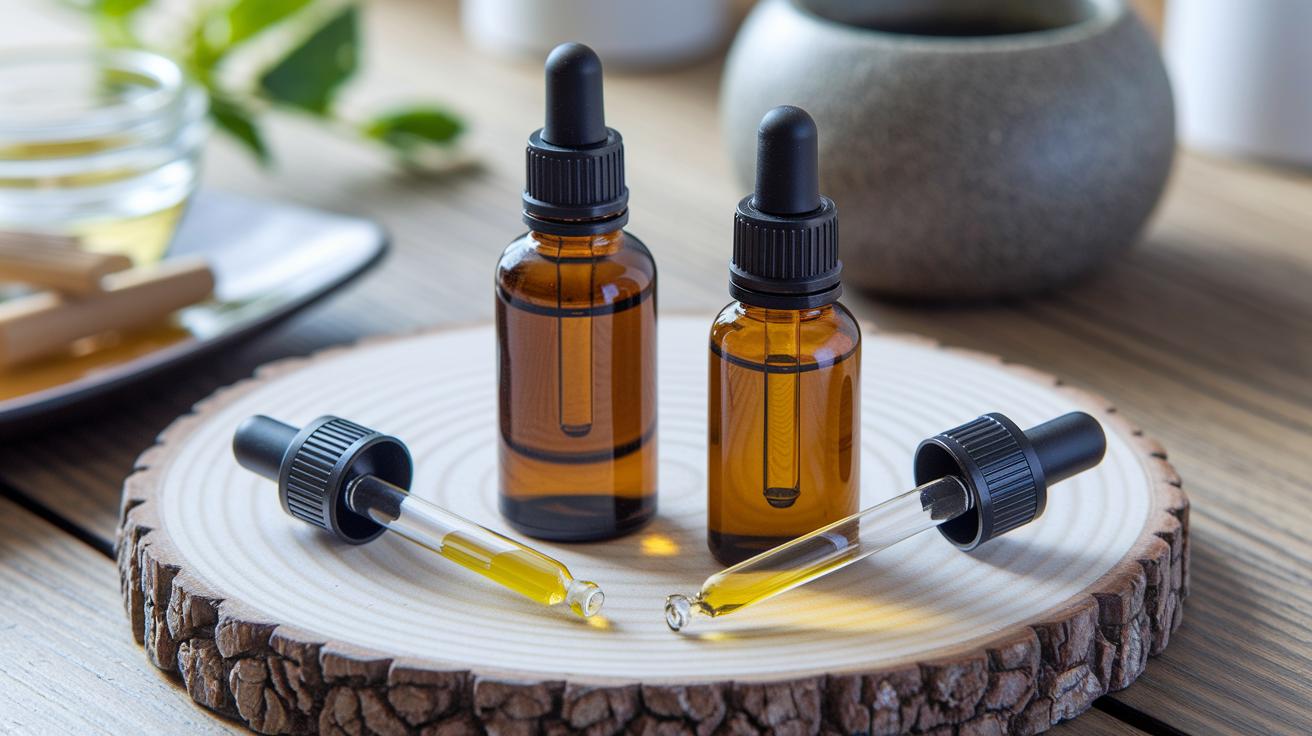
Inside our Organic Aromas Raindrop® Nebulizing Diffuser (how a fine mist delivers undiluted essential oils), a small air pump pushes bursts of air into the atomization chamber (the spot where oil and air meet to form tiny droplets). This fast airflow breaks pure essential oils into submicron droplets (smaller than a single hair strand) and sends a gentle mist through a micro-nozzle for an even, long-lasting aroma.
Every drop of oil rests in a plastic-free glass reservoir that lets the true scent shine through. And the heart of the diffuser – pump, chamber, nozzle – uses corrosion-resistant parts inside that glass shell. That means no metal touches your oils, so they stay fresh and the diffuser keeps going for years.
5 How Does A Nebulizing Diffuser Work Blissfully
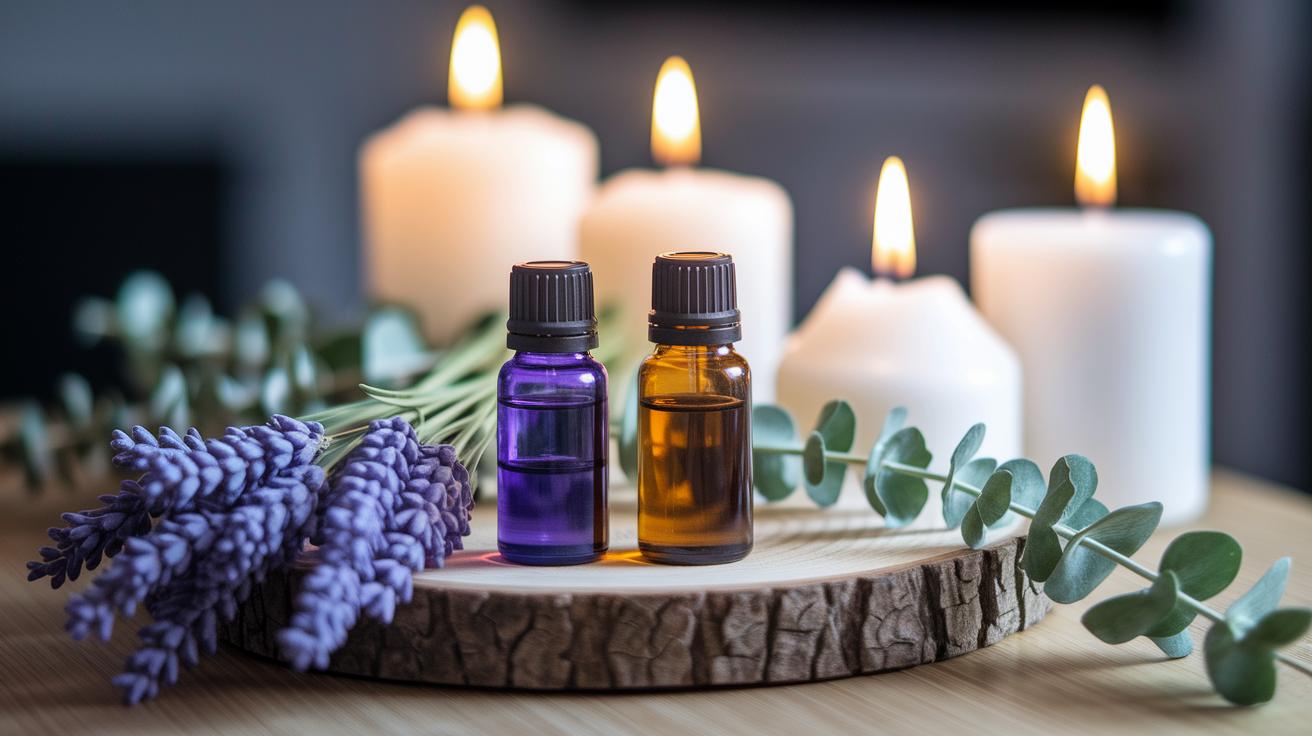
Here’s a gentle how-to on your Organic Aromas Raindrop® Nebulizing diffuser (how a fine mist delivers undiluted essential oils). Have you ever noticed how a single breath of lavender can calm your whole room? It all starts with airflow acceleration (when air moves faster, pressure drops).
When you switch it on, a stream of air zips through a narrow tube – that’s Bernoulli’s principle (fast air lowers pressure). So the lower pressure gently lifts pure essential oil from the glass vial.
Next comes oil entrainment (drawing oil into the moving air). Um, tiny ripples of scent hitch a ride up the tube. Plus there’s no heat or water to dilute your oil’s integrity.
Then particle shearing (breaking oil into microscopic droplets) splits those ripples into a soft cloud. The final mist emission is a silky, undiluted plume that settles around you.
Breathe. Relax. Enjoy the bright aroma rippling through your space.
Nebulizing Diffuser vs Ultrasonic and Other Diffuser Technologies
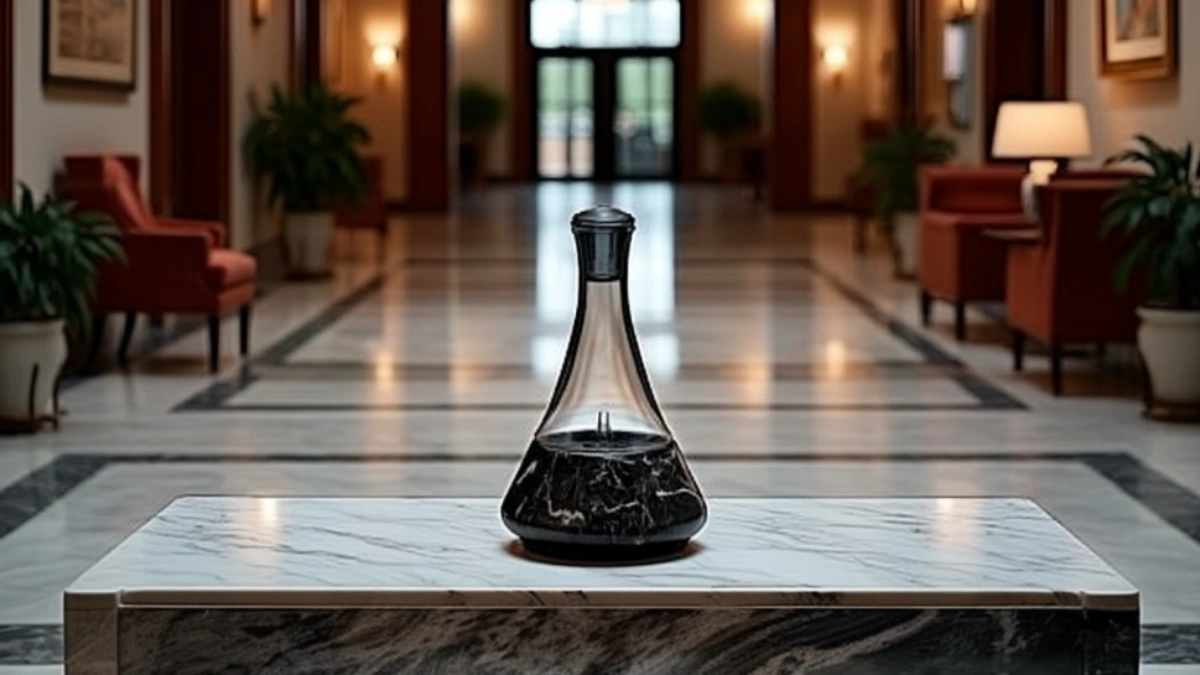
Have you ever wondered how a nebulizing diffuser stacks up against an ultrasonic one? Organic Aromas’ Raindrop® nebulizing diffusers use waterless diffuser technology (a way to send pure oil mist into the air) so you get an instant, undiluted aroma. Ultrasonic models like our Radiance® mix oil with water to create a gentle mist and boost humidity. It really comes down to how strong you want your scent and whether you’d welcome extra moisture.
| Feature | Nebulizing Diffuser | Ultrasonic Diffuser |
|---|---|---|
| Technology | Pressurized air atomizes undiluted oil | Ultrasonic vibrations mix oil with water |
| Aroma Potency | High, pure scent | Mild to moderate aroma |
| Water Usage | None (waterless diffuser technology) | Uses water, adds humidity |
| Oil Consumption Rate | 20–25 drops per 15-min session | 10–15 drops per session |
| Noise Level | Moderate hum from air pump | Quiet, gentle bubbling |
| Maintenance & Mold Risk | Weekly alcohol clean – no mold | Frequent water changes – mold can develop |
In truth, nebulizing models often come with a fragile glass reservoir. It might cost more upfront, but glass is plastic free and lets you admire the oil’s color and clarity. And because it needs no water you’ll run 15–20 minute sessions that pause so your nose can reset.
Ultrasonic units sip oil slowly but leave a soft, damp mist behind. That humidity can feel like a calm cloud drifting through your space. Many people love the quiet bubbling of an ultrasonic diffuser. Others prefer the fast, undiluted therapeutic kick of a neb.
Maintenance is simple. Nebs ask for a weekly wipe with alcohol. You won’t see mold in a dry oil unit. Ultrasonic diffusers need fresh water each time. Otherwise mold can sneak in.
For more insight on scent strength and efficiency, check out nebulizing vs ultrasonic diffuser.
Maintaining Nebulizing Diffuser Efficiency and Cleaning Essentials
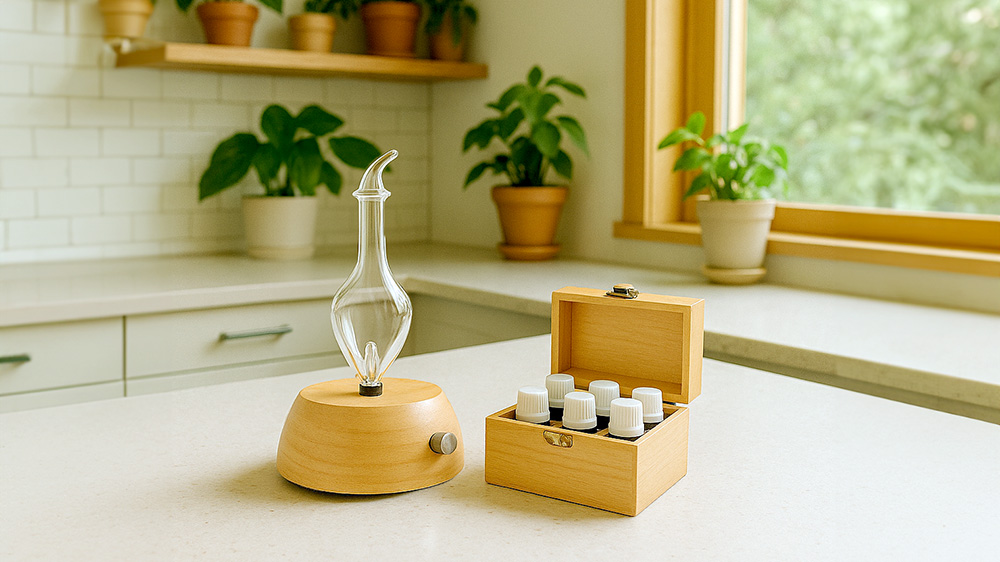
Your nebulizing diffuser (how a fine mist delivers undiluted essential oils) needs a little weekly love. Have you felt how a soft ripple of pure mist can calm your space? But buildup in your Raindrop® glass reservoir can slow that mist down. So let’s keep things fresh.
First, make sure your diffuser is off and unplugged. Then pour one to two teaspoons of rubbing alcohol into the empty glass reservoir. Turn it on for about five to ten minutes. The alcohol flush (using rubbing alcohol to clean inside parts) loosens old oil bits and keeps tubes clear.
Notice your mist sputtering or slowing? That sticky build-up often comes from thick oils like myrrh, vetiver or benzoin. And carrier oils are off-limits, um, they tend to cling instead of evaporate, and they can harm sensitive parts.
Here’s a simple nozzle unclogging guide:
- Empty the glass reservoir and gently wipe with a soft cloth
- Add rubbing alcohol and run the diffuser until the mist clears
- Check the glass cap for residue and remove any gunk
- Rinse it again with clean alcohol if needed and let everything air dry
To keep aromas vibrant, stick to 20–25 drops of oil per refill. Then run your diffuser in 15–30 minute sessions. Short bursts protect the oils’ integrity and let your nose reset. So every breath of lavender or peppermint smells just as bright as the first.
Routine maintenance of your nebulizing diffuser deepens that spa-like calm. It’s a simple habit that keeps your mist silky and your device humming for years. Breathe. Relax.
Ensure your care routine follows the Organic Aromas safety guide. We source ethically and use organic purity to deliver the cleanest mist right to your home.
Safety Measures and Essential Oil Selection for Nebulizing Diffusers

Your Organic Aromas Mobile-Mini 2.0 nebulizing (how a fine mist delivers undiluted essential oils) diffuser asks for only pure essential oils in its glass vial. Carrier oils (plant-based diluents) and fragrance oils don’t fully vaporize. They can gunk up the tiny nozzles and cloud your mist. Keep it pure for a bright, clean aroma every time.
Not every oil glides through those nozzles. Thick, resinous oils like Myrrh, Vetiver and Benzoin can clog jets and even irritate sensitive noses. For a smooth, allergy-friendly experience, reach for these gently floating favorites:
- Eucalyptus: a crisp, clearing breeze that opens your airways
- Lavender: a soft floral ripple that soothes and calms
- Lemon: a bright, zesty lift that sharpens mood and immune support
- Grapefruit: a light, antibacterial fresh burst for clean air
- Rosemary: a clear pine note that boosts focus and eases tension
- Juniper: a subtle green whisper to relax muscles
To protect your senses, limit each diffusion session to 30–60 minutes. Short bursts help you avoid scent fatigue and let your nose reset. You could even crack a window or leave a door ajar so the mist drifts instead of pooling.
And here’s a safety bonus: nebulizing diffusers use no heat. No hot plates, no coils, no fire risk. Just place your diffuser on a level surface, away from direct sunlight or strong drafts, and let that pure mist weave its magic.
Have you ever felt how a single breath of lavender soothes your mind? Next time, try these steps and notice the difference.
Breathe. Relax. Enjoy the gentle, undiluted power of pure essential oils.
Final Words
We dove right into the heart of nebulizing diffuser operation, laying out the air pump, glass reservoir, atomization chamber and precision nozzles that shear oil into a pure mist. Then we mapped the Venturi principle before comparing this waterless essential oil diffuser to ultrasonic models. Plus, we shared simple cleaning steps, refill routines and oil-safety tips.
By now you know how does a nebulizing diffuser work, and you’re ready to enjoy potent aromas, deeper calm and a spa-like vibe at home.
FAQ
How does a nebulizing diffuser work?
The nebulizing diffuser works by using a high-pressure air stream through precision nozzles to shear pure essential oil into microscopic mist. It runs without water or heat, preserving scent strength and potency.
Are nebulizing diffusers worth it?
Nebulizing diffusers are worth it when you want pure, potent aroma and therapeutic benefits. They deliver concentrated mist fast, though they may cost more and run a bit louder than water-based models.
Are diffusers good for your lungs?
Diffusers are generally safe for your lungs when you use pure essential oils in short sessions with good airflow. Avoid overuse and thick or resinous oils to prevent irritation.
How do nebulizing diffusers work with essential oils?
Nebulizing diffusers work with essential oils by pulling pure oil into a high-speed airflow and atomizing it into fine particles. This creates an undiluted mist that fills your space quickly.
What’s the difference between a nebulizing diffuser and an ultrasonic diffuser, and which is better?
Nebulizing diffusers atomize pure oil without water for stronger, faster aroma and therapy; ultrasonic models mix oil with water for gentler scent plus humidity. Choose nebulizing for potency, ultrasonic for mild aroma and moisture.
What makes a waterless diffuser?
A waterless diffuser uses pure essential oils without water or heat to release undiluted aroma by pressurized air atomization. Learn more about waterless essential oil diffuser.
What should I look for in a glass nebulizing diffuser?
When choosing a glass nebulizing diffuser, look for a corrosion-resistant glass reservoir, precise nozzle design, a strong air pump, and a tight seal to keep oils pure and avoid leaks.
How do I choose the best nebulizing diffuser?
To choose the best nebulizing diffuser, compare glass quality, pump noise level, nozzle precision, and timer settings. Check user reviews for reliable mist output, ease of cleaning, and long-term durability.
What oils can I use in a nebulizing diffuser?
You can use only pure essential oils in a nebulizing diffuser—no carrier or fragrance oils. Lavender soothes, eucalyptus clears airways, lemon uplifts mood, and rosemary boosts focus.

